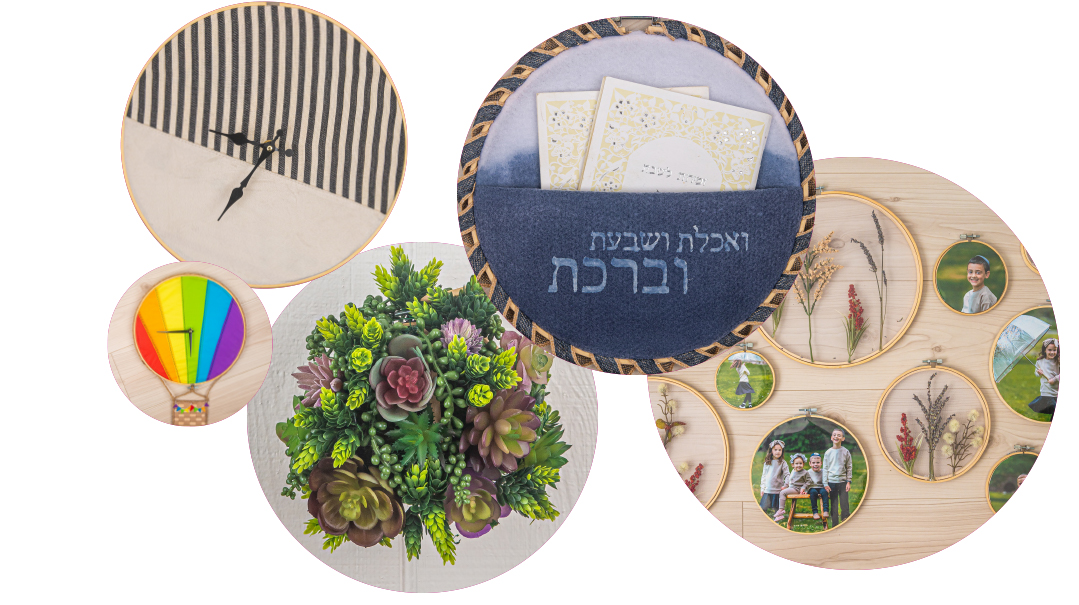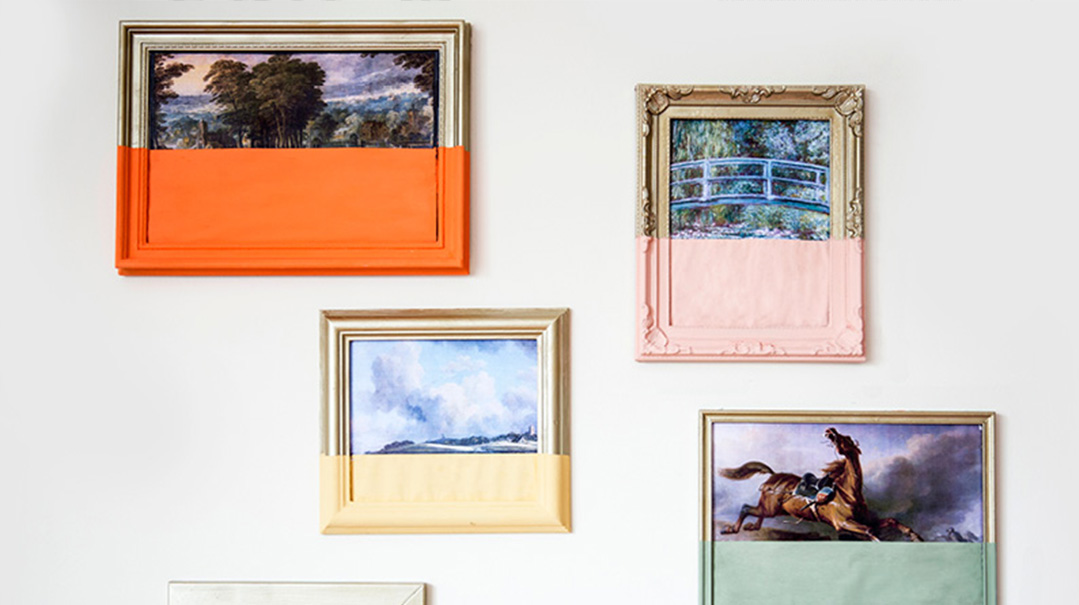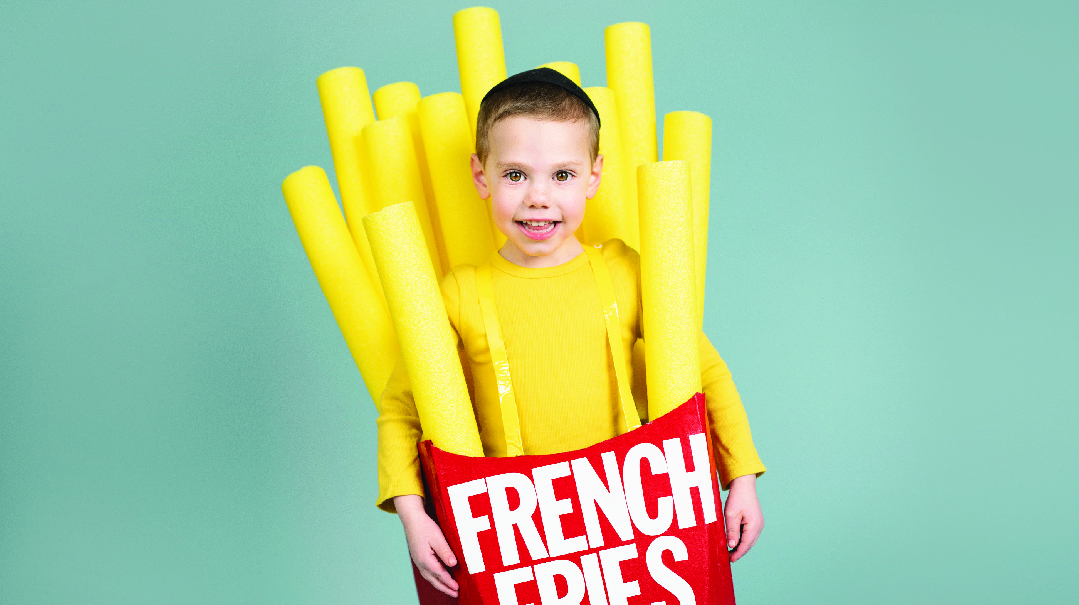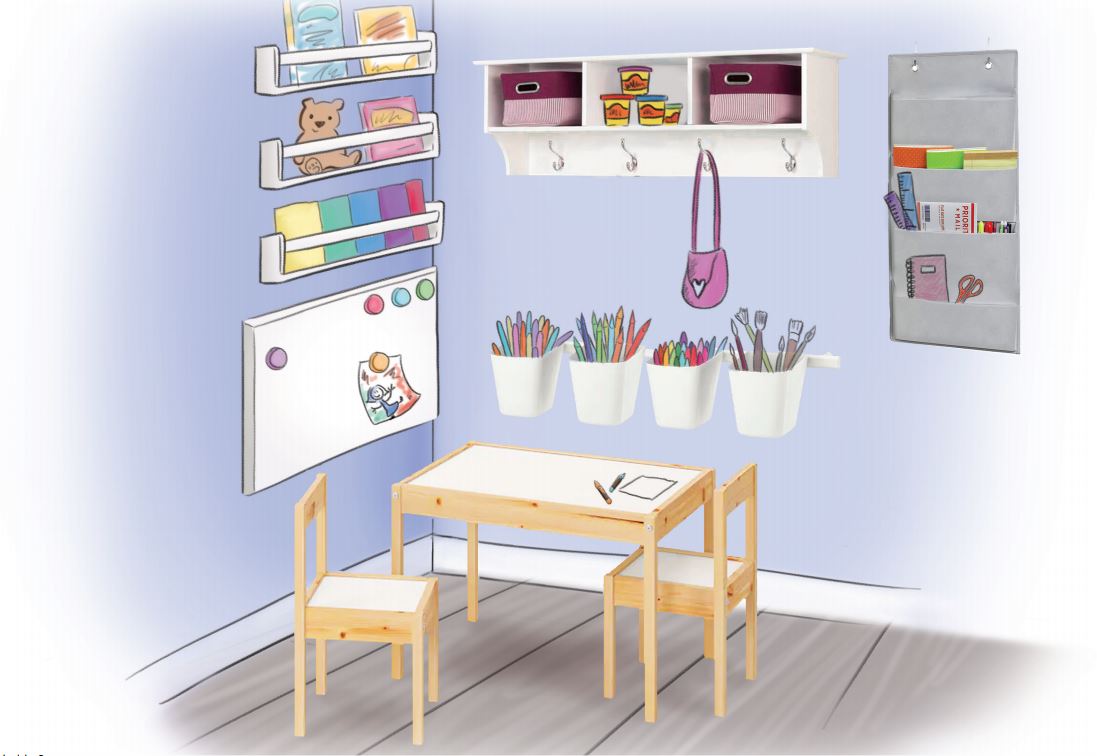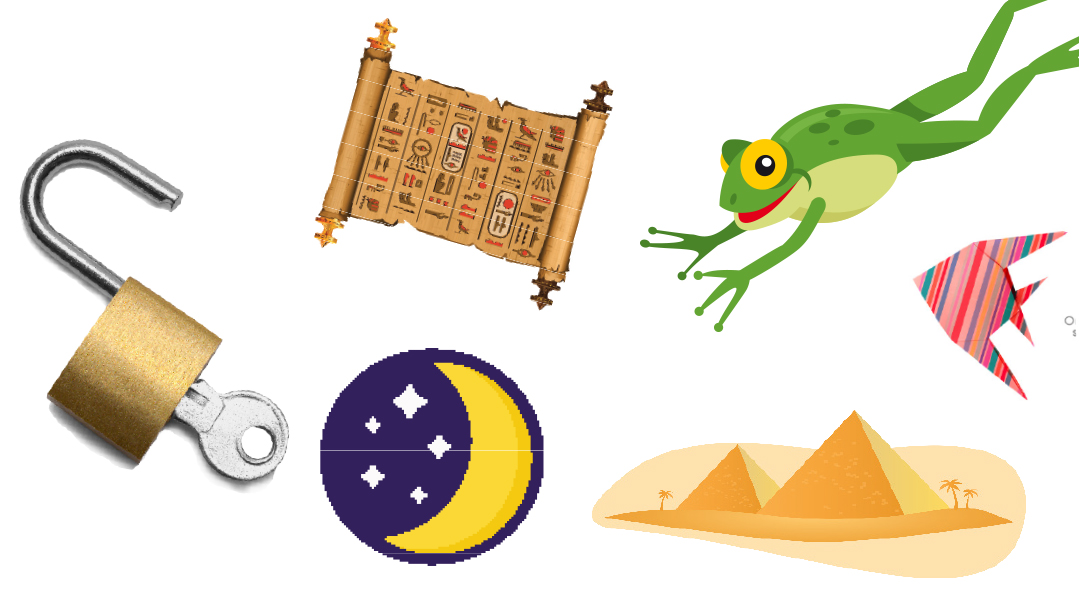The Wonders of Wet Felting


Felt Wool Baby Mobile
To assemble the mobile:
1 Cut stars, clouds, or any other baby-friendly shapes out of the white felt. (Optional: Use an embroidery needle or sewing machine to neatly stitch the outer edge of your felt sheets to prevent unraveling.)
2 Spray-paint the embroidery hoop to your desired color. Cut seven pieces of white embroidery string, each 22 inches long.
3 Line up your balls and felt shapes to determine your mobile pattern. Four of the strings will have four balls each, and three of the strings will have three balls each and a felt star at the bottom.
4 Thread the string through the embroidery needle and pull the first ball onto the string. The first ball in a row of four balls should be positioned 6 inches from the top, and the first ball in a row of three balls should be positioned 7½ inches from the top.
5 Make a knot in the string just above the ball and another knot just below the ball.
6 Measure 3 inches from the lower knot and mark it off with a pin or marker. Knot the marked-off spot, and thread the next ball onto the string.
7 Tie another knot just below the ball. Continue with the remaining balls and the felt stars until all seven strings are done. Attach all the strings to the hoop, spacing them evenly around the hoop. Snip off any excess string.
8 Cut the ribbon into four pieces and attach the pieces to the four corners of the hoop. Tie them together at the top. For safety purposes, put a small drop of hot glue on each knot you make so that everything is very secure before you hang it.
9 Use a piece of monofilament to hang the mobile from the ceiling.
Wet felting is an ancient textile process that’s believed to be the oldest form of textile making in existence. It predates spinning, weaving, and knitting. Since felt fabric is strong, durable, and warm, it’s great for staying warm and dry in cold weather. The process has been virtually unchanged since ancient times, yet its versatility allows modern textile artists to gain a new perspective on it.
Felt is still used in many parts of the world today, especially in areas with harsh climates. There’s been a recent revival in the field in Great Britain, Scandinavia, and the United States, with contemporary felt-making design and techniques becoming more widespread.
(Excerpted from Family First, Issue 627)
Oops! We could not locate your form.

